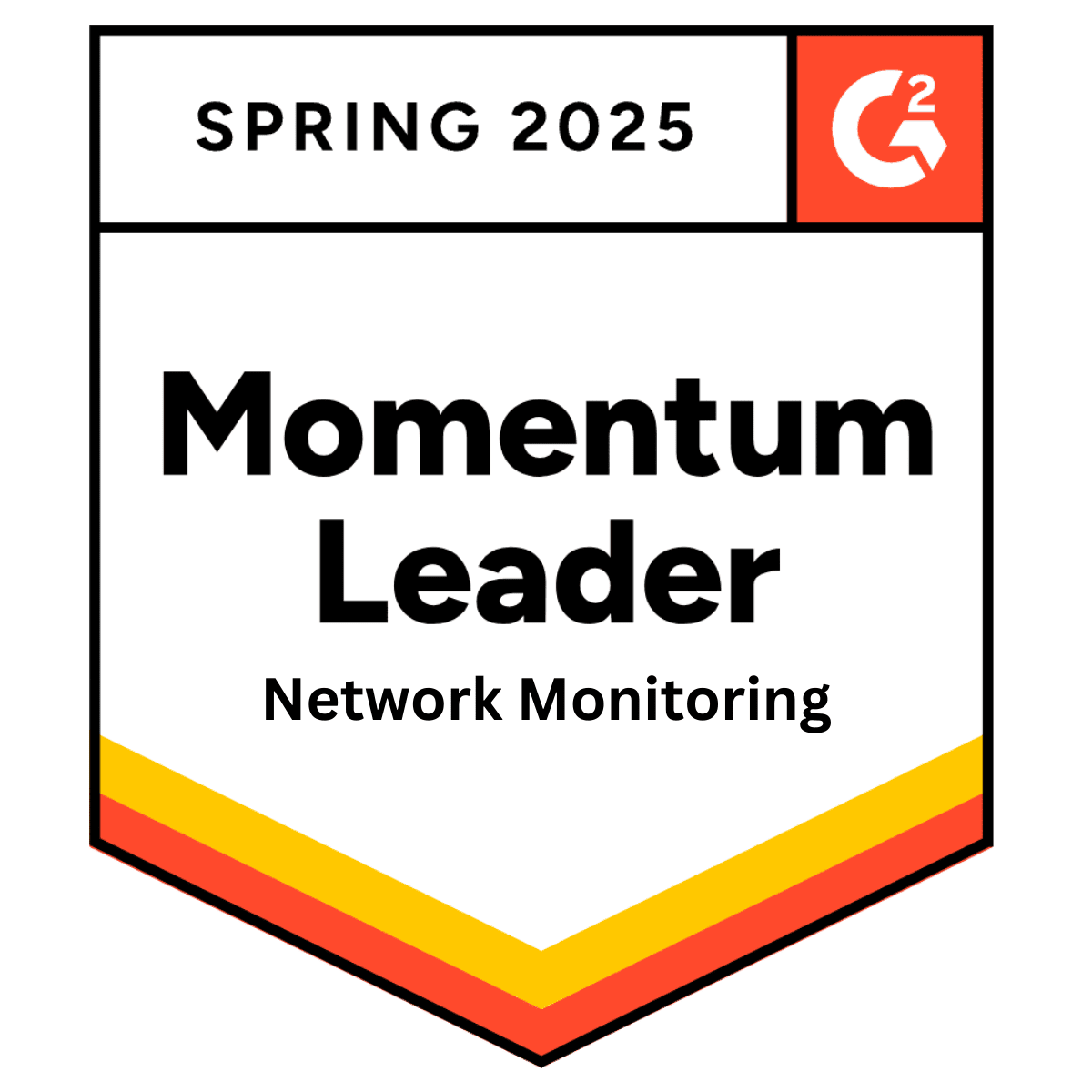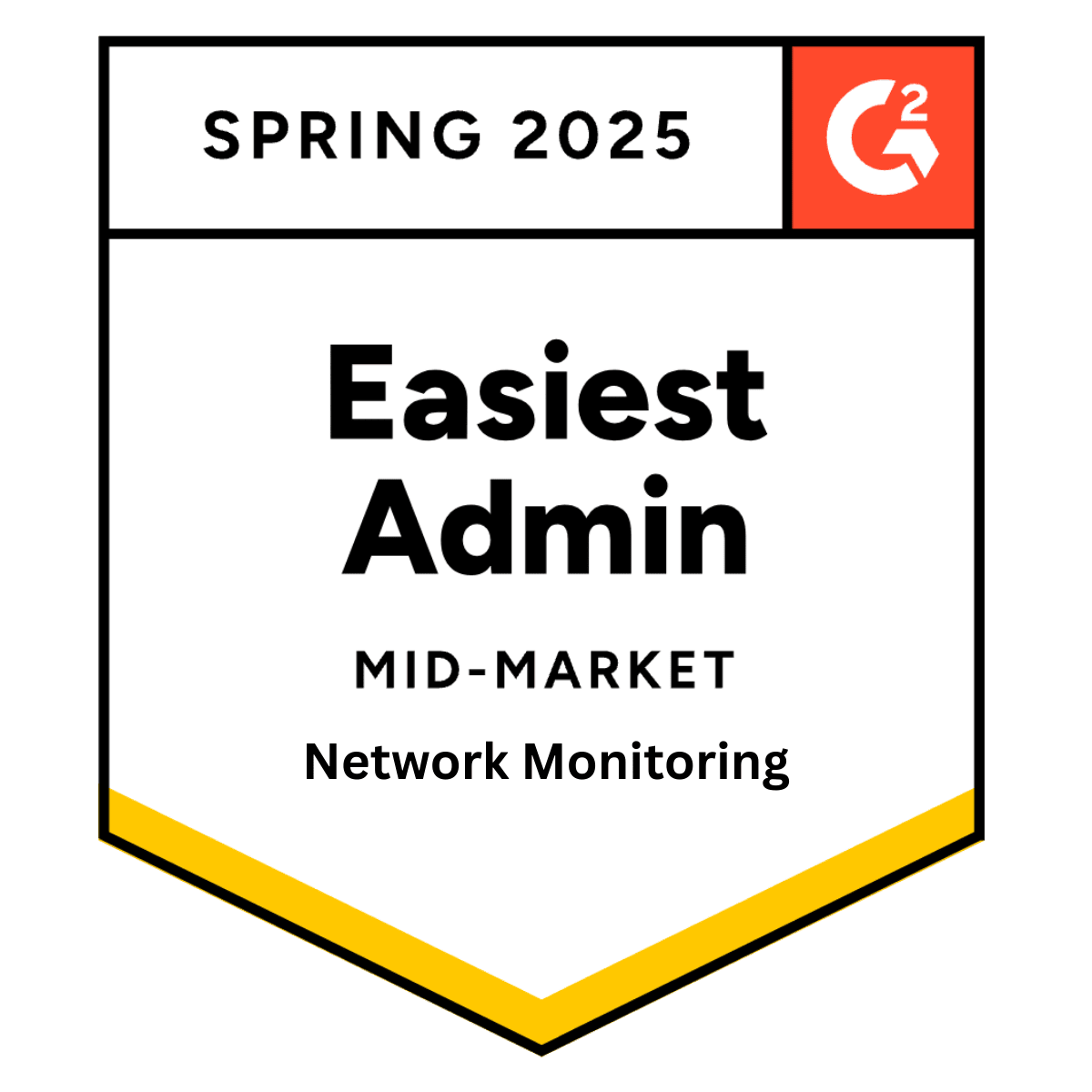
5 MSP business metrics for effortless performance tracking
Friday 22 March, 2019

Using assumptions to measure business performance is convenient but pointless.
On the other hand, MSP business metrics are quantifiable measures used to analyze the A to Z of business processes. MSP business metrics are powerful to harness but overwhelming to work with. Basically, MSP owners tend to stay away from these proven business formulas because they don't want to do complicated.
Let’s uncomplicate things for you! Here are five MSP business metrics that make it easy to track your company’s progress toward achieving long-term and short-term goals.
MSP Business Metric No. 1: Monthly Recurring Revenue (MRR)

The income your MSP reliably expects each month is called monthly recurring revenue (MRR). It’s a predictable stream of running cash flow that comes from subscription services, renewals, and recurring contracted services.
Predictability brings financial security, allowing for a more scalable MSP business model. With MRR you can forecast future revenue patterns that act as a starting point for your expansion plans. It gives you an edge on other MSPs that subsist on one-time revenue-generating transactions. These MSPs live on a hand-to-mouth basis, walking a tightrope of stagnation and financial volatility.
Calculate MRR
MRR = ARPA (Average Revenue Per Account) x Total number of accounts
*Average Revenue Per Account (ARPA) = Total revenue/Total number of accounts
MSP Business Metric No. 2: Gross Margin

Gross margin is the portion of revenue your MSP retains after incurring operating expenses and debt obligations. Essentially, it’s a litmus test to determine if your service offering is a financial success or not.
It’s one of the best MSP business metrics to compare the profitability of your service offerings against those of your competitors as well as the entire industry. Conversely, a falling gross margin is an indicator of a broken MSP business model.
For example, MSPs with a large number of IT admins manually monitoring each and every clients’ server will have high direct costs.
Meanwhile, MSPs using an RMM solution can do away with the manual bit, allowing admins to focus on important tasks, ultimately resulting in an exponentially lower gross margin.
Calculate Gross Margin
Gross Margin = (Total Revenue - Cost of Goods Sold) / Total Services Revenue
*Total services Revenue = Managed service revenue + Professional services (consulting and projects) *Cost of goods sold includes all direct costs associated with delivering the service
MSP Business Metric No. 3: EBITDA

Earnings before interest, taxes, depreciation, and amortization (EBITDA) is one of the most important MSP business metrics to measure operational efficiency and profitability. It gives you a refreshing insight into your MSP’s overall financial performance.
That’s why EBITDA is used to evaluate the valuation of MSPs. Apart from looking at cash flow, revenue and other MSP business metrics, industry experts are keen to know the EBITDA. Ignoring tax, interest, and depreciation gives a clear picture of the operational performance and cash generation abilities of the MSP.
Typically, an MSP is valued at between 5 to 7 times its annual EBITDA. If your MSP falls short of this range, you need to rethink the business model.
Calculate EBITDA
EBITDA = Net income + Interest expenses + Taxes + Depreciation + Amortization
*Net income = Bottom line profit for the MSP *Interest = The interest charged on capital investments *Taxes = This might vary depending on the location of the MSP *Depreciation and Amortization = Cost of capital assets for a duration of its use
MSP Business Metric No. 4: Managed Service Agreement Profitability

Managed service agreement profitability is the gross margin you make on each agreement. It can be broken down into two facets:
- Client Lifetime Value (CLV). The total potential profit you'll make from one client. The higher the CLV, the more financially valuable that client is to your MSP. By identifying cash cow clients, you can target similar prospects.
- Client Effective Rate. The money you make on each client based on the time spent servicing them: revenue per-hour. MSPs with multiple service categories can use this business metric to track revenue generated by each service category at each client account.
Calculate Client Lifetime Value
Customer Lifetime Value = Lifetime Value × Gross Margin
*Lifetime Value = Average Value of Sale × Number of Transactions × Retention Time Period
Calculate Client Effective Rate
Client Effective Rate = Client’s monthly subscription fee/Number of hours invested on customer
MSP Business Metric No. 5: Average Response Time

From a customer’s perspective, the most important MSP business metric is the average amount of time it takes to send that first non-automated reply to clients that raise a ticket.
Calculate Average Response Time
Average Response Time = Sum (First response time) / number of tickets
Response time is the best way for clients to know if “solving problems” is just lip service or you actually mean it.
Sadly, MSPs that follow traditional methods fail to achieve a respectable reaction time even after knowing the importance of response time all too well.
Boost your response time with Pulseway RMM
Pulseway RMM enables MSPs to identify and address issues even before the client approaches. Proactively monitor clients’ IT infrastructure, get notifications of critical alerts, and quickly resolve them.
The bottom line is — RMM benefits your business in more ways than one.
Share this post
Related Posts
Join the Ranks of Satisfied Customers and Experience the Pulseway Difference Today.








